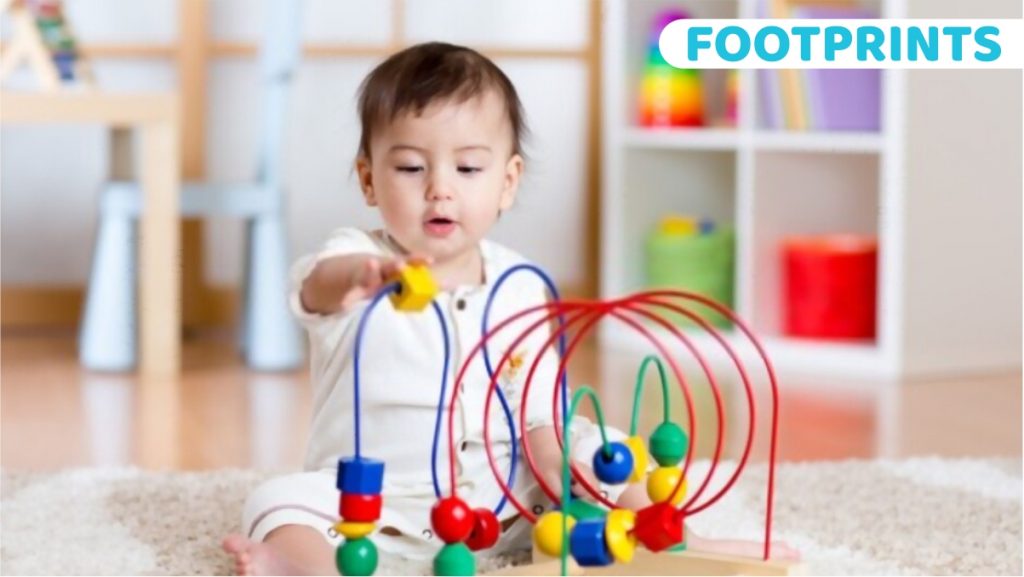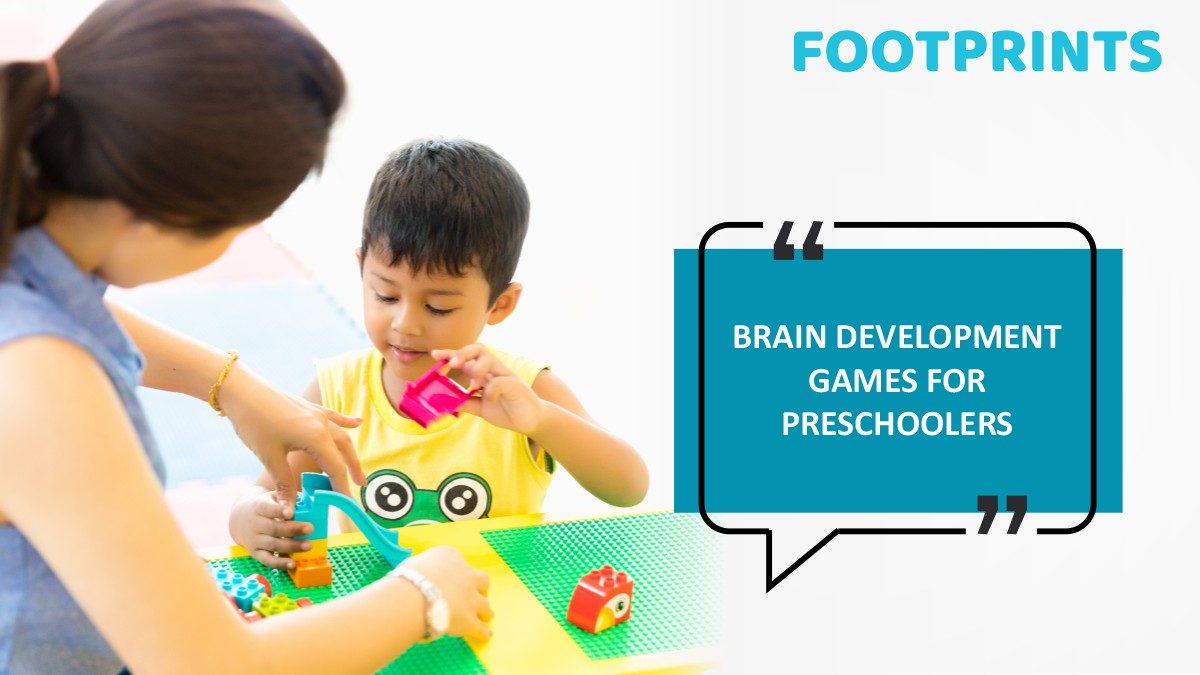
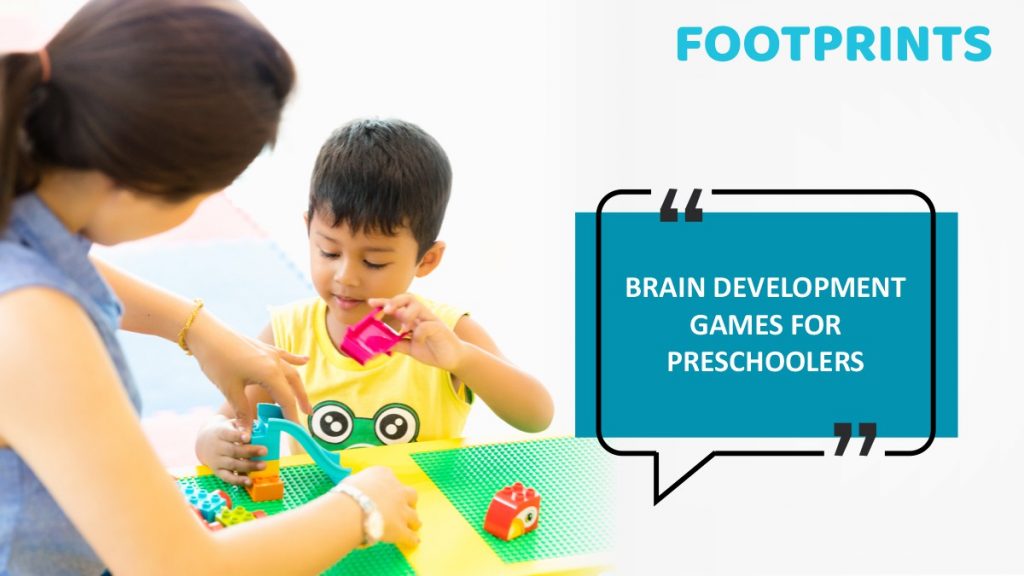
Up until the age of 5, a child’s brain undergoes significant development. Research indicates that 90% of the brain is developed by the time a child reaches the age of 5. Consequently, the quality of a child’s experiences in the initial years becomes crucial. Early life experiences play a pivotal role in facilitating the development of essential connections in the child’s brain, contributing to higher-level abilities such as self-regulation and problem-solving. Therefore, what matters at this stage is the type of care, mental stimulation, and interaction provided to the child.
One aspect that significantly aids in developing a child’s brain is engaging in mentally stimulating games. When chosen thoughtfully, these games can contribute extensively to a child’s development, encompassing enhancements in existing knowledge, motor skills, memory recall, and more. Importantly, a gamified environment adds an element of fun, thereby boosting learning engagement for children.
Here are 10 games that promote brain development in preschoolers while providing a wealth of enjoyment. An additional advantage is that these games involve no screen time and are gentle on their eyes.
1. Uncover the Tray
This game can excite a young child while he exercises his brain cells. What is more, you can progressively increase the game’s difficulty level.
What do you need: All you need are several assorted items, a tray, and a cover.
How do you play this game- Put the assorted items on the tray and cover it with a piece of cloth. When the child is ready to play, you only need to uncover the tray for 10 seconds before covering it again. In the intervening 10 seconds, the child needs to carefully look at the objects on the tray and recall the ones he saw after the tray is covered. You can also increase the complexity by adding more items. However, be careful to keep it age-appropriate. The idea is not to overwhelm the child but to keep it challenging enough for him to keep trying to succeed.
Skills developed by the game- Mindfulness, memory and recall.
2. Put Together a Jigsaw Puzzle
Now, this one is a classic that comes with a whole lot of benefits. Children learn hand-eye coordination, patience, pattern detection and a lot more.
What do you need: A jigsaw puzzle kit that is age-appropriate.
How do you play this game: Allocate some leisurely time for the child to assemble jigsaw pieces by referring to a picture. Similar to the previous game, you can elevate the difficulty level by selecting puzzles with more pieces.
Skills developed by this game– Pattern detection and fine motor skills. While we do not look at jigsaw puzzles this way, the game is also great for teaching the value of delayed gratification.
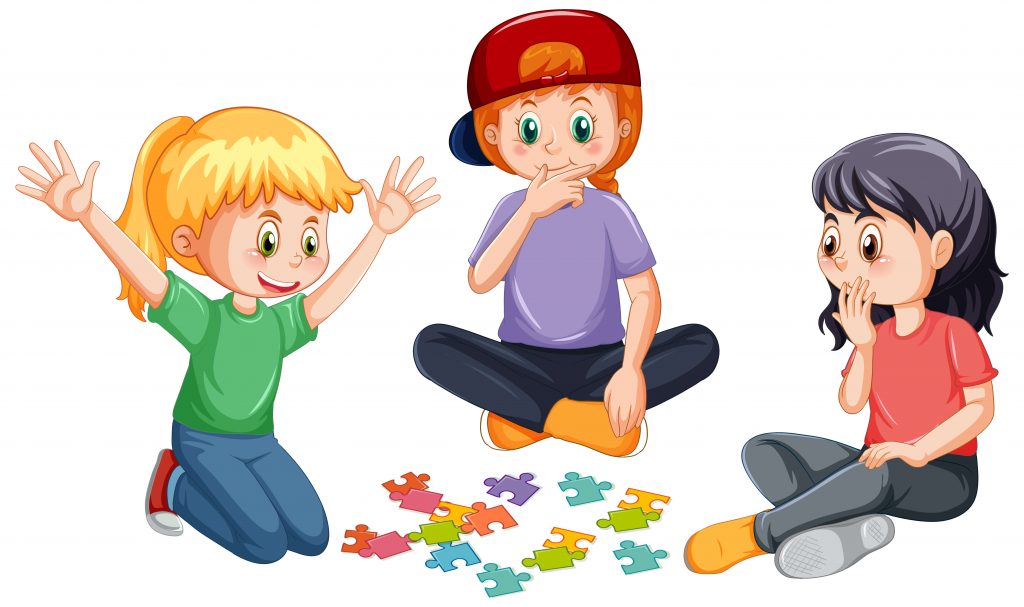
3. Letter Rapid Fire Fun
A variant of a rapid-fire game, this one helps the child exercise his brain cells and develop his vocabulary.
What do you need: Print out some alphabets and you are good to go.
How do you play this game? Simply present any alphabet briefly, and the child is tasked with articulating as many words as possible that commence with that alphabet within a specified time frame. Engage in several rounds with the child and observe the noticeable expansion of their vocabulary. To heighten the game’s complexity, consider altering the rules to encompass words concluding with the specified alphabet.
Skills developed by this game- Vocabulary, memory.
4. Spot the difference!
Now, this may be a game you grew up playing yourself, and it’s still fancy!
What do you need: Printable sheets with spot-the-difference pictures.
How do you play this game? The child is required to spot the difference between two seemingly identical pictures.
Skills developed by this game- Mindfulness, concentration.
5. Solving Mazes
This one works well to help children develop problem-solving skills.
What do you need: Printable sheets with age-appropriate mazes.
How do you play this game? The child must make their way out of the maze by navigating it mentally.
Skills developed by this game: mindfulness, concentration, patience, and problem-solving.
6. Emoji Games
This one teaches them about different emotions and also helps them put a name to the different emotions.
What do you need: Printable sheets with different emojis representing different emotions.
How do you play this game? The child is required to guess the emojis and, therefore, the various emotions.
Skills developed by this game- An understanding of various emotions and emotional vocabulary. While playing the game, you can also impress upon them that all emotions are good. Only the ways we may express them sometimes may not be healthy.
7. Mapping The Neighbourhood
Encourage your child to draw a map of the neighbourhood, marking important landmarks. With older kids, you could also encourage them to ensure that the map is proportional.
What do you need: Drawing Material.
How do you play this game: The child is required to recreate their neighbourhood on paper.
Skills developed by this game- Observation skills, fine motor skills.
8. Guessing Games
This game improves the child’s logical reasoning abilities
What do you need: Pictures of objects, animals and more.
How do you play this game: Cut out the pictures and keep them facing down. One person chooses a picture and the other has to guess what the picture is by asking questions such as is it a living thing, how many legs does it have etc.
Skills developed by this game- Logical reasoning.
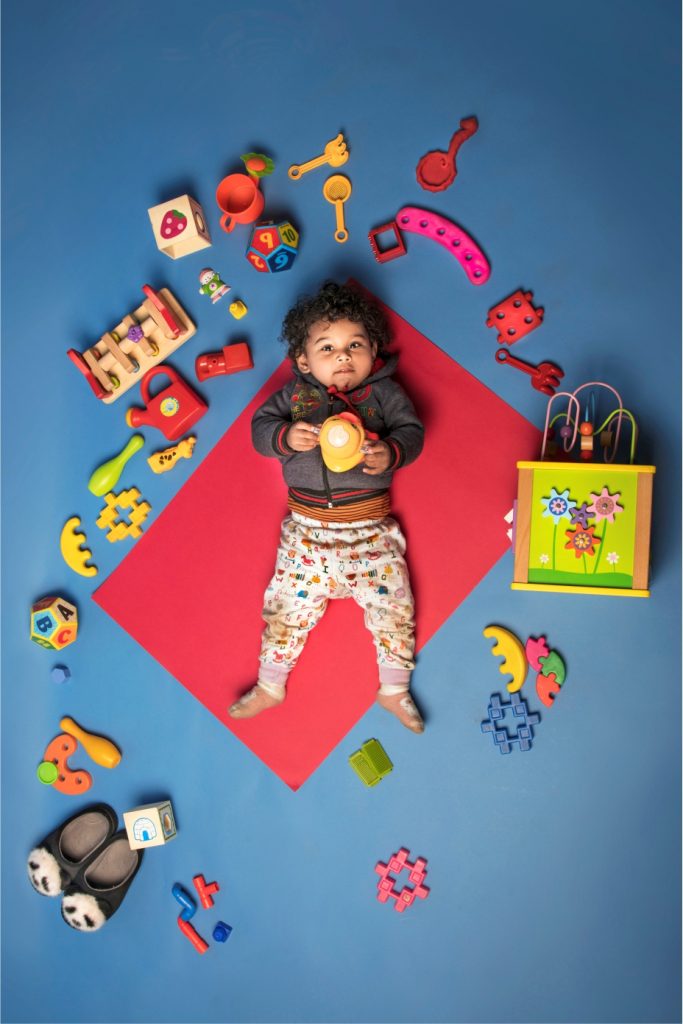
9. Pretend Play
This play hour, pretend play with your child and let them assume their favourite professions. It will be a good way to discuss what different professionals do and to expose the little one to the different aspects of life.
What do you need: Pictures of people in different professions.
How do you play this game: You pull out the pictures one by one and your little one talks about what life would be like if he were to be that professional.
Skills developed by this game- Empathy and understanding.
10. Finger Painting
Now, this is one sensory experience that the child will love!
What do you need: Dollops of paint, paper.
How do you play this game? Get the child to dip his fingers in various paints and create patterns on paper. You could also offer textured material, such as rice, to add to the paint.
Skills developed by this game- Motor skills pique the child’s curiosity as they see different colours come together to form new ones. The fact that the exercise is therapeutic is a big plus!
To Sum Up
A blend of activities involving kinaesthetic experiences and games that challenge memory, concentration, and more will provide a comprehensive experience for your little one. Gift your child the opportunity for brain development with these games and enjoy the added perk of quality bonding time!
At Footprints, a daycare and playschool recognized as a preferred parenting partner, we prioritize the all-round development of children, with games playing a crucial role in fostering engaged learning. Here’s to nurturing curiosity in young learners!

Purvesh is a multidimensional leader at Footprints Childcare. As a TED speaker and IIT-Delhi alumnus, his passion for education is fueled by his experiences as a certified life coach and parent. He goes beyond traditional parent engagement activities, creating meaningful connections through insightful parenting workshops and open communication channels. Purvesh’s commitment to empowering parents, teachers, and students is the foundation of everything we do at Footprints. What motivates Purvesh? As a parent himself, the challenges his son faces in the educational system are the driving force for him.


